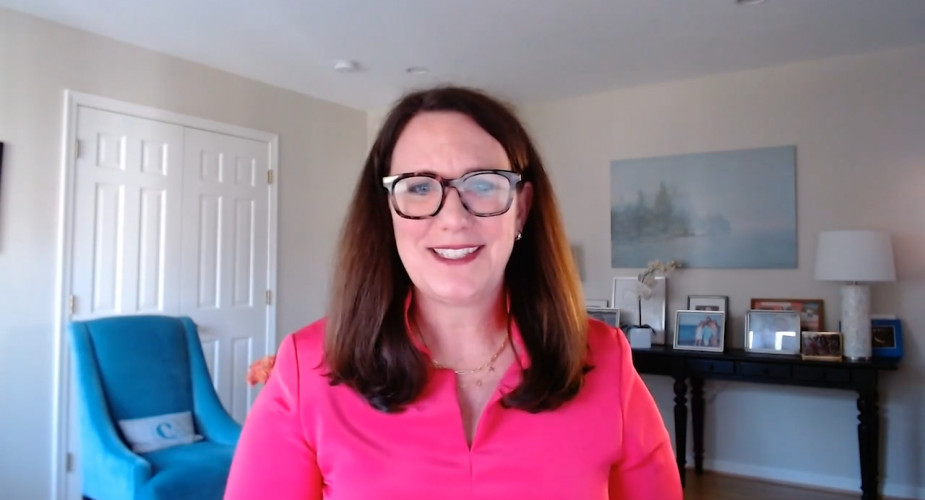Going Local: Engaging Stakeholders at the Corner of State & Main
Action in the States
Last week, attorneys general from across the country converged on Washington for the annual meeting of the National Association of Attorneys General (NAAG), on the heels of the National Governors Association’s meetings a few days prior. It serves to remind us that while there is still so much uncertainty about policy changes in Washington, there is quite a bit happening in the states – both red and blue – and we expect this trend to continue and expand.
One example we have seen recently is in health care. Obviously, health care is one of the hottest topics in Washington right now, but state-level activity is in some ways eclipsing movement at the national level. While the outcome of the health care debate in Washington is uncertain, states aren’t waiting on the federal government to sort things out. Instead states are taking matters into their own hands, doing things to improve access to preventive care. Just last week, Governor Cuomo took action in New York state to require that insurance companies cover 3D mammograms. Connecticut and Illinois passed similar legislation last year, and at least six states have similar legislation pending.
Why Attorneys General Matter
During the NAAG meeting, I joined Drew Ketterer, the founding member of the Ketterer & Ketterer Law Firm and strategic partner to Curley Company. Drew is the former president of NAAG as well as former Attorney General from Maine. We discussed the growing trend of increased activity and advocacy at the state and local level. General Ketterer said, “State attorneys general have always been active but we are seeing more and more they are picking up where federal policy leaves off or pushing a completely independent agenda. The shift toward more activity in the states is not slowing down, especially when attorneys general are getting tangible results not seen at the federal level. From health care to climate initiatives to regulatory reform, states aren’t waiting on Washington to act. Companies see this trend and, rightly so, are devoting more resources to state-level activity.”
At Curley, we see a similar trend. AGs can have a tremendous influence on a company’s bottom-line – either by impacting regulation or reputation.
We’ve had an active state and local practice for the past 15 years, and specialize in working with attorneys general. We’re traveling all over the country for our clients, seeing first-hand the flurry of activity happening in states, from local communities to the state capitals. Just last week alone, our staff engaged local stakeholders on the ground in Tampa, Savannah, and Ft. Lauderdale on a campaign around the importance of access to oral health care, and we launched an advocacy campaign for a women’s health care client focused on the Texas state legislature.
We are witnessing first-hand two trends:
1. Surround Sound: PR is the new GR
Public relations plays a big role in state advocacy. It’s not lobbying; it is educating the decision makers in these states, whether it’s the state legislator, the governor, local mayor, or the attorney general.
At Curley, when we think of stakeholders, we think of creating a surround sound. It’s not just one strategy or one tactic that we use to influence our clients’ stakeholders. We deploy multiple tactics – everything from direct one-on-one meetings with stakeholders to geo-targeted digital campaigns to traditional media tactics, like local press conferences. Digital tactics have enabled us to educate both large and small groups of stakeholders, but we also still value the traditional approach – the one-on-one meeting, being able to look someone in the eye and tell your story.
2. The Impact of Smaller Companies and Organizations
Going back to the health care debate, influencing the outcome of health care reform on a national level is an expensive prospect, requiring an intensive effort – which is great for the larger companies and organizations who are already positioned to educate on their perspective. For some smaller organizations with limited budgets, making a change in Washington is more challenging. There is still a role for smaller companies in big debates but a smart strategy is to take your position to the states. We have seen really terrific results both in reputation enhancement and positive regulatory outcomes for some of our smaller clients. By moving the needle in a few key states, we are setting the table for a larger national trend, and we find our clients’ budgets go further when working to educate state-based stakeholders.
Our Advice
We are telling our clients – don’t give up on influencing Washington, but at the same time, state and local governments are playing a very proactive role, passing legislation or enacting regulation that directly impacts our clients’ bottom lines. It pays to be communicating with these stakeholders. We are seeing a lot of action in the states and we predict this trend will continue.









